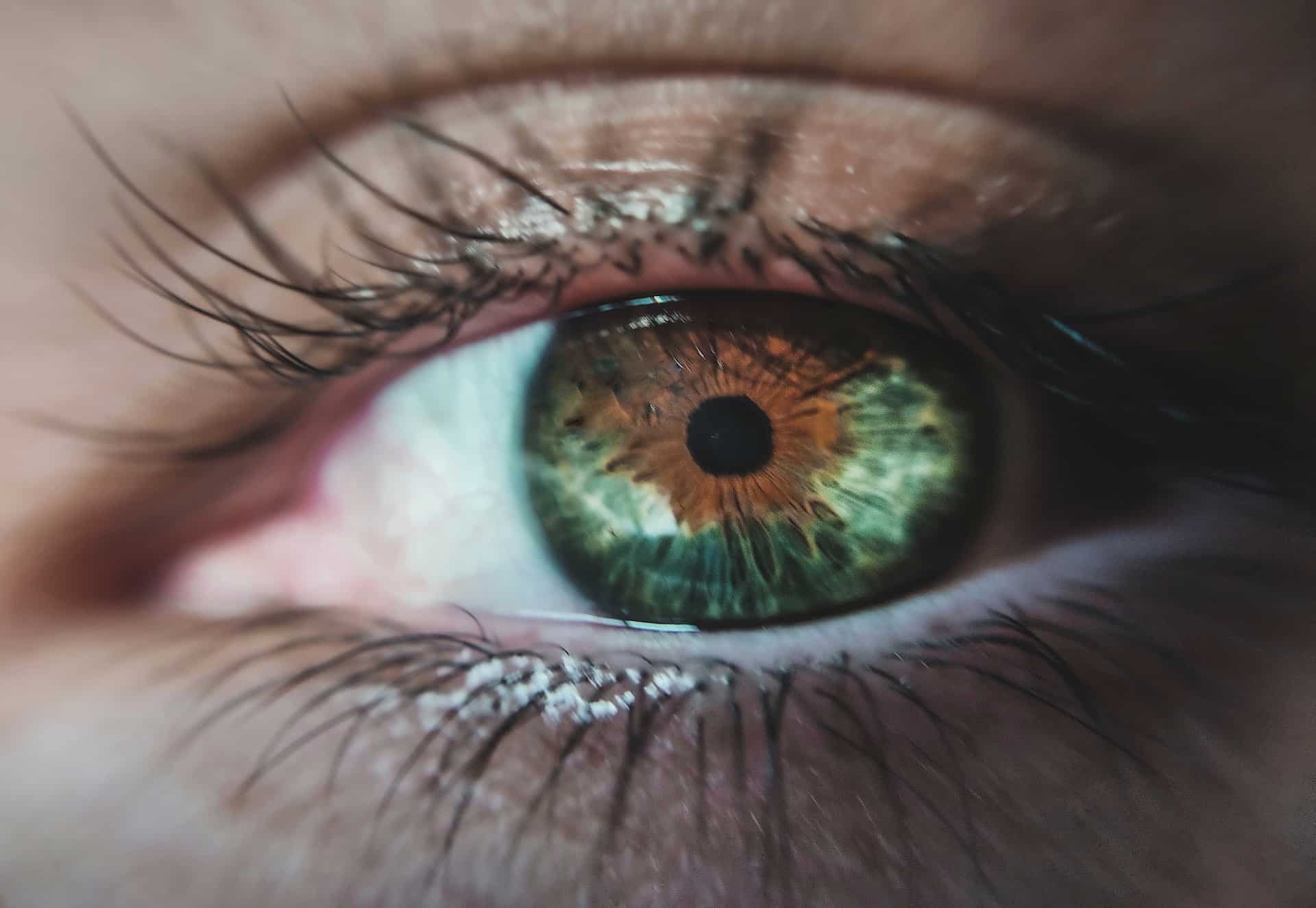The advancement of medical technology has revolutionized the field of ophthalmology, offering new and innovative treatments for various eye conditions. One such groundbreaking development is laser treatment for cataracts. Cataracts, an eye condition, can significantly impact vision quality. Laser treatment for cataracts has emerged as an effective option to restore clear vision and improve the overall quality of life for those affected.
In today’s article, we’ll explore the ins and outs of laser treatment for cataracts, from what it is and how it works to its benefits, risks, and considerations.
What is Laser Treatment for Cataracts?
Laser treatment for cataracts, also known as femtosecond laser-assisted cataract surgery, is a cutting-edge surgical procedure designed to enhance the precision and safety of cataract removal. Traditional cataract surgery involves using a handheld surgical tool to create an incision in the eye and break up the cloudy lens for removal. Laser treatment introduces advanced technology to perform several critical steps of the procedure with greater accuracy.
How Does Laser Treatment for Cataracts Work?
Laser treatment for cataracts involves using a femtosecond laser, an ultra-fast and precise laser technology. The procedure typically consists of the following steps:
- Corneal Incision: The laser creates a small, precise incision in the cornea. This incision provides access to the lens for cataract removal and lens replacement.
- Capsulotomy: The laser creates an opening in the front part of the lens capsule, allowing access to the cataract. This step replaces the manual creation of the opening, which is done with a handheld tool in traditional surgery.
- Lens Fragmentation: The laser breaks the cloudy cataract into smaller, more manageable pieces. This fragmentation makes removing the cataract easier and replacing it with an artificial intraocular lens (IOL).
- Astigmatism Correction: In some cases, the laser can also correct astigmatism by reshaping the cornea. This step aims to improve overall visual acuity.
- IOL Placement: After removing the cataract, an artificial IOL is inserted into the eye to replace the natural lens. The IOL restores clear vision and allows light to focus properly on the retina.
Who is Eligible for Laser Cataract Surgery?
- Severity of Cataracts: Laser cataract surgery is typically considered for individuals with moderate to severe cataracts causing significant vision impairment. Mild cataracts may not require this advanced procedure.
- Poorly Managed Diabetes: Laser cataract surgery may not be recommended for individuals with uncontrolled diabetes because the healing process can be compromised, and there may be an increased risk of postoperative complications.
- Advanced Retinopathy: Advanced diabetic retinopathy can damage blood vessels in the retina and lead to vision problems. The presence of severe retinopathy may make the surgical procedure riskier.
- Glaucoma: The management of glaucoma may involve using medications and surgeries to lower intraocular pressure. Laser cataract surgery can affect intraocular pressure, so the ophthalmologist must carefully assess the patient’s glaucoma status and whether the laser procedure could exacerbate it.
Benefits of Laser Treatment for Cataracts
Laser treatment for cataracts offers several advantages over traditional cataract surgery:
- Precision: Using a femtosecond laser enhances the precision of various surgical steps, potentially leading to better visual outcomes.
- Less Energy: The laser requires less energy to break up the cataract, which can minimize stress on the eye.
- Astigmatism Correction: The laser can address astigmatism during the procedure, reducing the need for additional surgeries.
- Quick Recovery: Some patients experience quicker visual recovery and reduced dependence on glasses after laser cataract surgery.
Risks and Considerations
While laser treatment for cataracts offers numerous benefits, it’s important to be aware of potential risks and considerations:
- Cost: Laser cataract surgery may be more expensive than traditional surgery due to the advanced technology.
- Availability: Not all ophthalmic centers offer laser treatment for cataracts. Finding a reputable and experienced surgeon if you’re considering this procedure is essential.
- Surgical Expertise: While laser technology enhances precision, a skilled surgeon’s expertise remains crucial for success.
- Visual Expectations: Laser treatment can improve visual outcomes but does not guarantee perfect vision. Some patients may still require glasses for specific tasks.
Recovery and Follow-Up Care
After laser cataract surgery, patients typically experience a relatively quick recovery. The eye may be sensitive, and following the surgeon’s post-operative instructions is important to ensure proper healing. Attend all scheduled follow-up appointments to monitor your progress and address any concerns.
The Bottom Line
Laser treatment for cataracts represents a remarkable advancement in ophthalmic surgery. By harnessing the power of femtosecond lasers, this procedure offers enhanced precision, reduced energy requirements, and the potential for improved visual outcomes.
If you’re considering laser treatment for cataracts, it’s essential to consult a skilled ophthalmologist who can assess your suitability for the procedure and guide you through the process. As with any medical decision, thorough research and open communication with your healthcare provider will empower you to make an informed choice about the best treatment option for your needs




